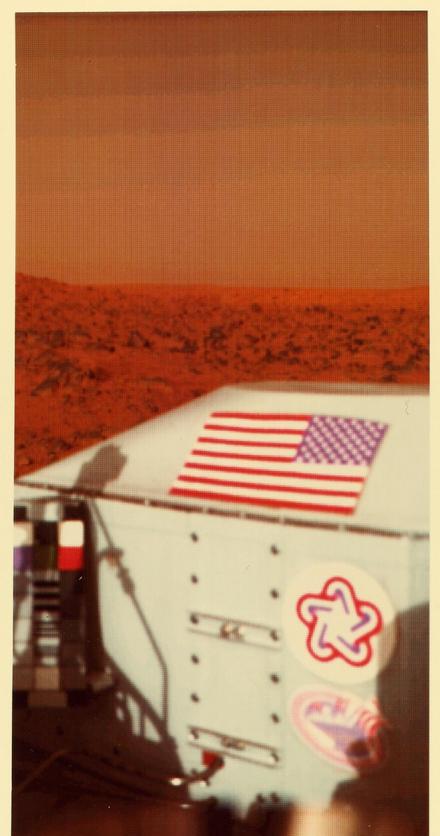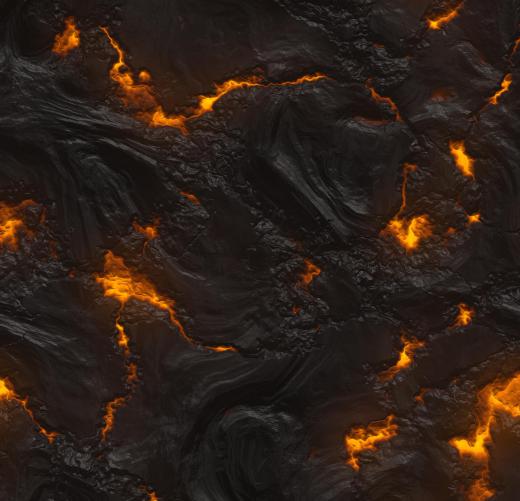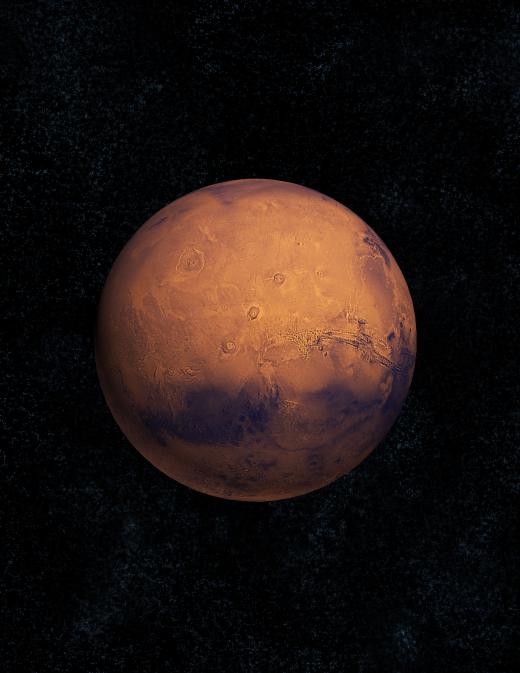What are Some Major Landmarks on Mars?
 Michael Anissimov
Michael Anissimov
Mars is a desert planet covered in iron oxide (rust), which gives it its red color and nickname, "the Red Planet". The planet has a tenuous atmosphere of mostly carbon dioxide, just 0.6% as thick as the Earth's. The atmosphere on Mars has a pressure similar on Earth at an altitude of 35 km (22 mi). The surface temperature ranges from −140 °C (-220 °F) during the winter to highs of up to 20 °C (68 °F) in summer. Like all planets without bodies of water to modulate their temperature, Mars experiences greater thermal extremes than Earth.
Although there is evidence that liquid water has flowed on Mars' surface in small amounts in the last few years, it is probably a rare occurrence, as most H2 sublimates (goes directly from solid to gas) rather than passing through a liquid stage. Some hardy microbes from Earth would be capable of surviving in the Martian environment, and may have already been introduced by the Mars rovers that have been sent there in the last few decades.

Mars features the tallest mountain and volcano in the solar system, Olympus Mons (height: 27 kilometers, 16.7 miles, 88,580 ft) and the largest crevice in the solar system, Valles Marineris (4,000 km (2,500 mi) long, 200 km (125 mi) wide and up to 7 km (4 mi) deep). Like the Moon, Mars is a mix of lower plains covered by lava flows and ancient highlands with numerous craters. Unlike the Moon, the lava plains of Mars are the lighter portions, covered in iron oxide dust, while the highlands are darker.

The origin of both Olympus Mons and Valles Marineris are quite interesting. Olympus Mons is a shield volcano, like Mauna Kea in Hawaii, which is actually the Earth's tallest mountain if you measure from the ocean floor. This means it is much wider than it is tall, and results from many eruptions over a long span of time. Mars lacks tectonic plates, so a volcanic hot spot keeps shoving lava up through the same crust, leading to volcanoes of this size. Some of this volcanic activity took place as recently as two million years ago, based on analyzing the frequency of impact craters over the cooled magma flows.

Valles Marineris is a canyon so big it extends across one-fifth of the entire Martian equator. If superimposed on the Earth, Valles Marineris would extend across the United States, from San Francisco to New York. The canyon is so big, scientists have had trouble historically in determining its origin. At first, some thought the valley may have been carved by an asteroid the size of a small planet which scraped the Martian surface but never had a full impact. Today, most scientists agree the scarp is a tectonic feature caused by the stretching and cooling of the Martian crust due to subsurface volcanism.
AS FEATURED ON:
AS FEATURED ON:
















Discuss this Article
Post your comments